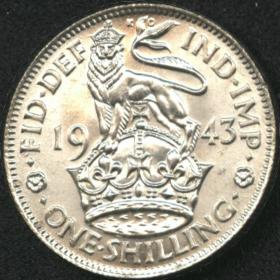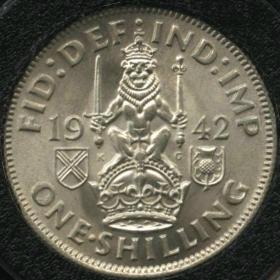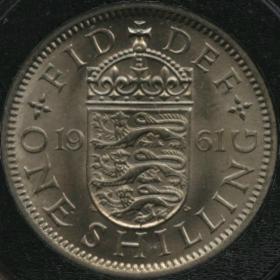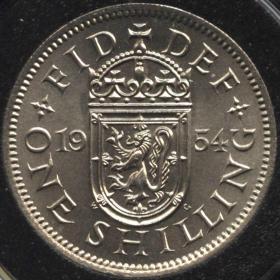|
What are English and Scottish Shillings?
In
1937, in preparation for the coinage of Edward, VIII, it was decided, after
pressure from the folks up north, to create a new Scottish reverse for the
shilling. It was a “Statant Guardant (facing)” Lion with a thistle to the right
and St. Andrew’s Cross to the left (see Figure 2). An English reverse shilling
(Figure 1) was also proposed, being similar to the design from 1927-1936, known
as “Sejant Guardant (sideways, facing).” When Edward VIII abdicated, the
reverses were retained for the coinage of George VI. Both types were minted
every year 1937-1951. In 1952, only an English shilling was produced. It is
among the very rarest of all British coins.
 |
 |
|
Figure 1. English Reverse for
George VI Shillings. |
Figure 2. Scottish Reverse for George VI Shillings. |
The tradition of English and Scottish shillings
was continued for the coinage of Elizabeth II, from 1953-1966 and 1970 (a
special proof struck as part of a set, probably in 1972). When the shilling
became Five New Pence in 1968, the reverse became exclusively Scottish.
 |
 |
Figure 3. English Reverse for
Elizabeth II Shillings. |
Figure 4. Scottish Reverse for
Elizabeth II Shillings. |
Posted on CU 7/15/2003
|